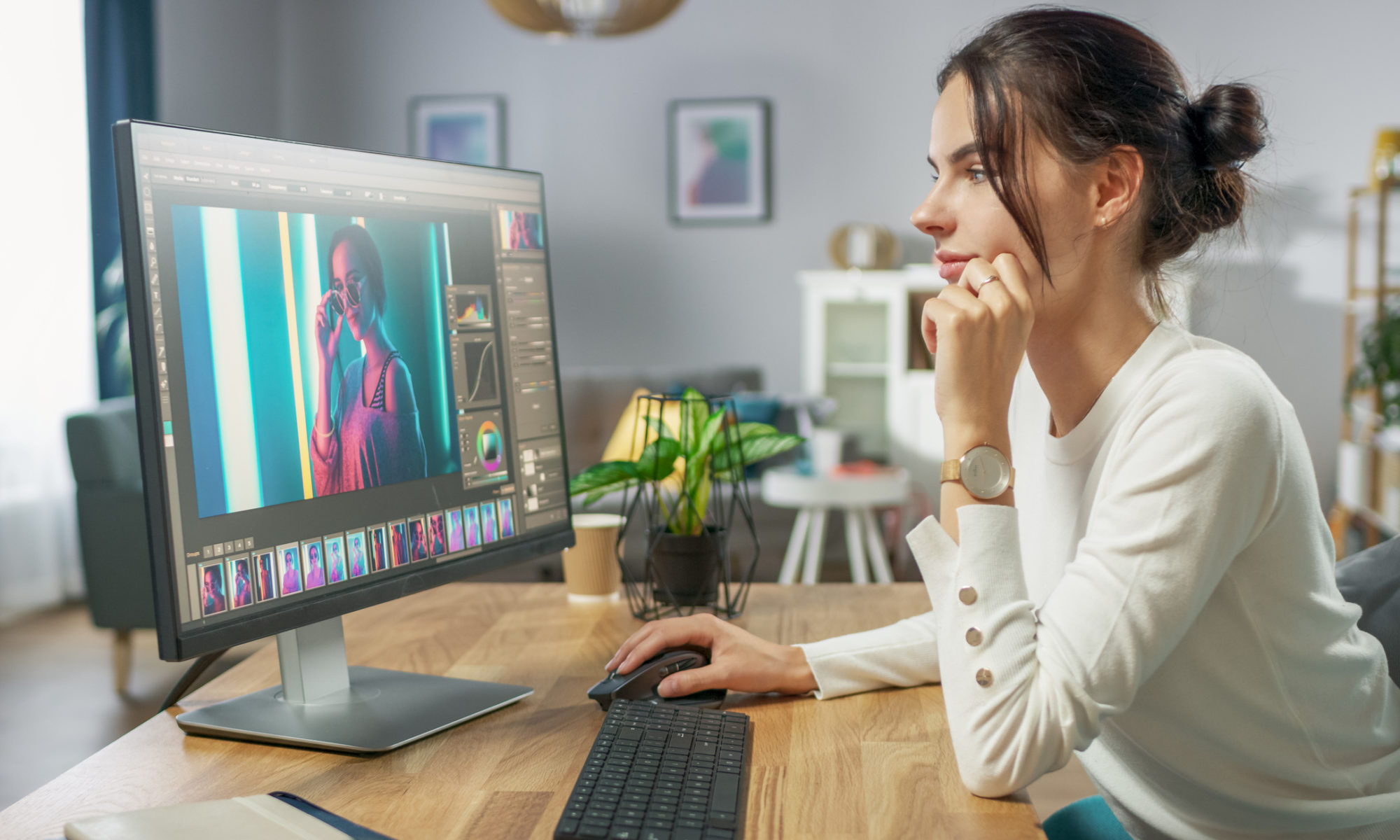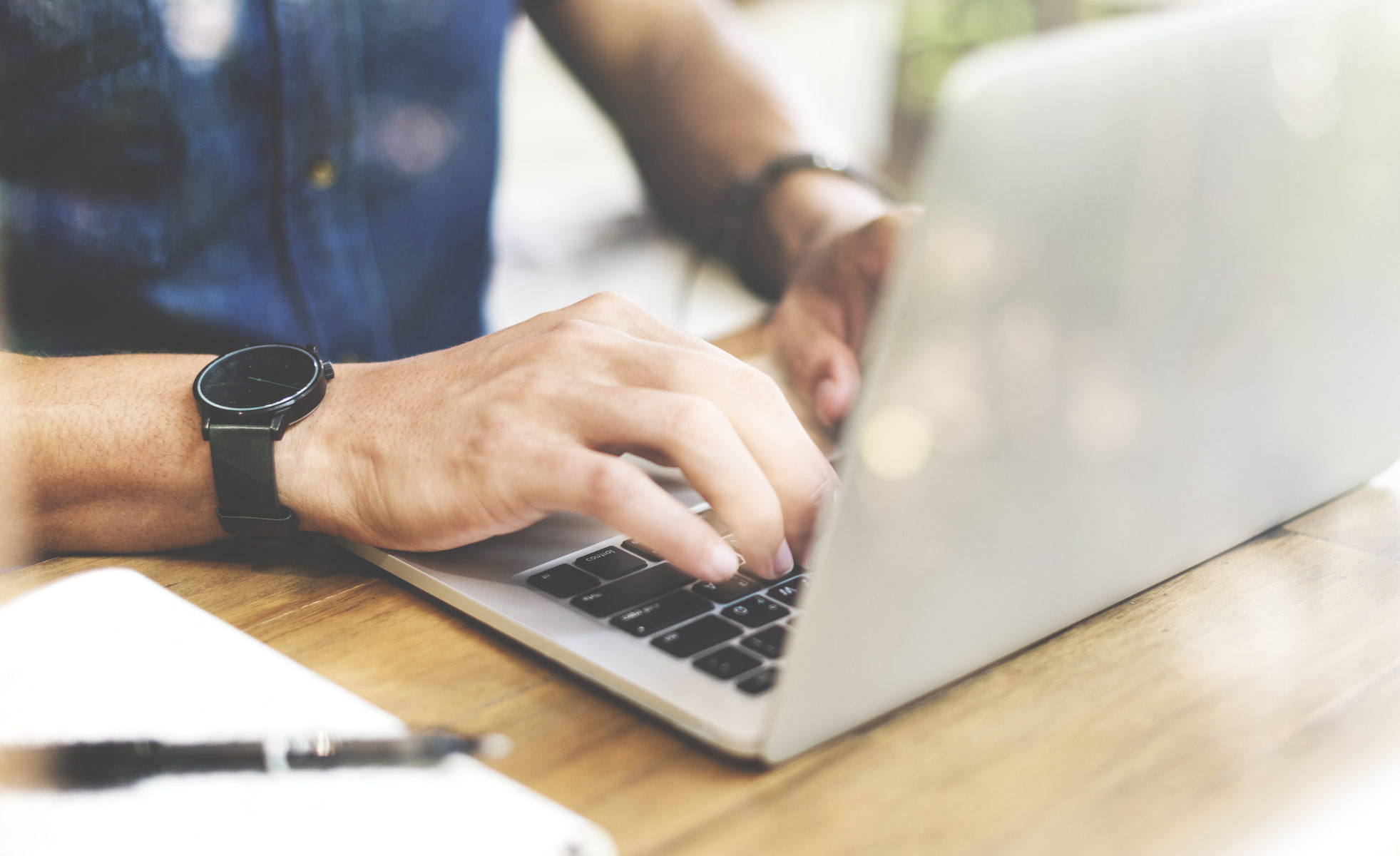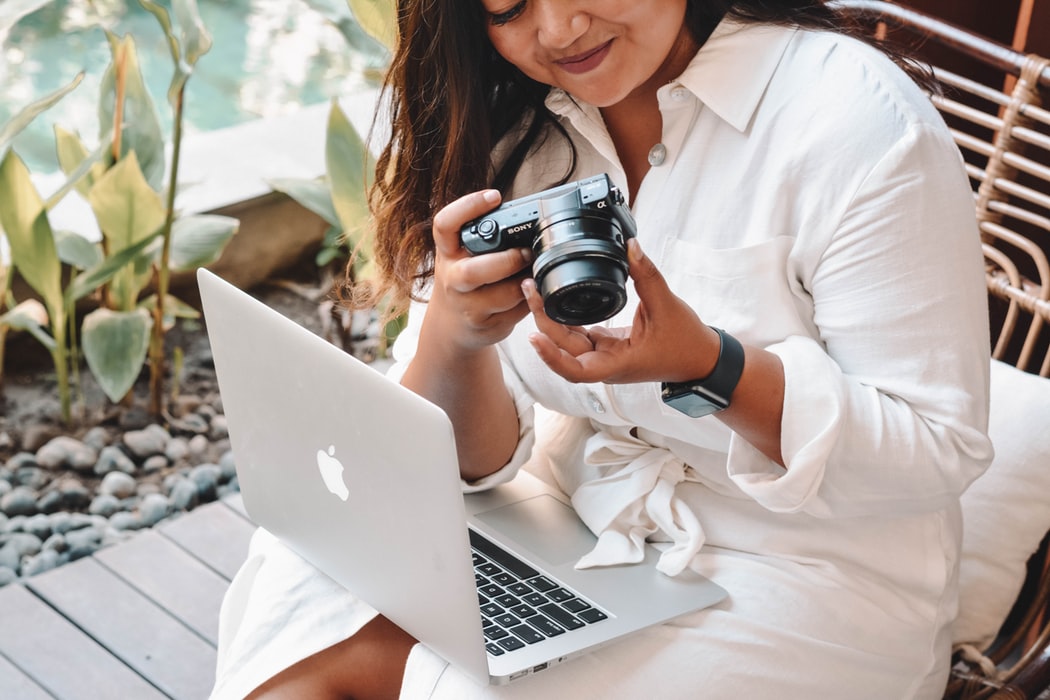Everyone hates a slow website – according to an Akamai Technologies survey, 47% of customers expect a page to load in less than two seconds. When it comes to the internet, we’re used to getting results quickly, and we don’t like to be kept waiting. If the images on your site don’t load quickly, it’s likely that traffic to your site will simply click off, potentially preventing you from making a sale.
Not only is this bad for business, but it is also bad for SEO – if high numbers of people are clicking off your site, Google will pick up on your bounce rate and deem your content to be of low value, consequently lowering your ranking on its search engines. Don’t worry – speeding up the load time of your images isn’t as complicated as it seems. We’ve broken down some of the best ways to make your images load faster when building your site.
1. Remove unnecessary images
According to a report from the HTTP Archive, a typical website should request between 28 to 32 images when it loads the page. Of course, some images are necessary, as if you have an ecommerce site you’ll want to display the products you’re selling. However, if you have multiple images of the same product, or added in unnecessary images simply for web design purposes, you might want to consider removing these.
When considering what images you want to keep on your website, ask yourself the following to help you form a criteria of what to keep and what to remove:
- Does my image send out a message?
- Does it evoke any feelings?
- Will it help sell my products?
- Does it emphasise a point?
- Does it add to my brand?
Pictures of text, or stock images, should be on the first of your list to remove: even if you think they really add something to your site, the likelihood is that they are of little value, and actually lower the impact of your images by slowing down their load time.
2. Size matters
When building your site, you need to be conscious of the size of the image file you’re uploading into your website builder. Whilst an image might seem relatively small on your website, it could have an unnecessarily large file size, meaning it can slow down not only the load time of the image, but also your website’s.
Compressing your images is a good way to save bandwidth and improve site speed: running your image through a free image compressor, such as compressor.io, reduces the file size and is a good way to speed up the load time of your page.
3. Don’t focus too much on image resolution
OK – so you don’t want to be uploading pixelated, blurry images onto your page when you’re building your site. Clear, good-quality images are important as they add to your web design, and also show site visitors that you’re a highly professional business.
Nevertheless, you don’t want to overcompensate on image resolution: most computer monitors display a maximum of 72 dots per inch (DPI- a measurement of an image’s quality). Anything over this and your image is taking up unnecessary space without really making a difference to the quality of your image, consequently slowing down the speed of your site.
To check the resolution of your image on Windows, we’ve broken down the steps you need to take to ensure your image resolution isn’t higher than it needs to be.
4. Build a website for all devices
When building your website, you’ll need to make sure your site is responsive so that users can access it from any device. Considering that 57% of site traffic is now from smartphones and tablets, you’ll want to make sure that your images are responsive: even if it looks great on a desktop, if it isn’t responsive then the image can be slow and of low-quality on a mobile device.
If you aren’t using a website builder, or your website builder doesn’t include a responsive web design in its bundle, you can make your images responsive yourself. If you’re a whiz at coding, you can provide the browser with a list of variants for a single image and you can tell it which image size to use for different screens. The browser will then load the right image size for a particular device, based on the layout and device dimensions you’ve provided it with.
However, if you don’t have the time or the intricate knowledge needed for coding, you might want to consider using a website builder that offers a responsive site. Go Sitebuilder provides ready to go sites which are already responsive on any device, meaning you don’t have to worry about your images loading slowly on different screens.
Our website builder offers fully optimised sites, meaning you don’t have to do all the hard work in ensuring your site loads quickly. Our free 14-day trial lets you experience just how easy-to-use our website builder is – try it today!





